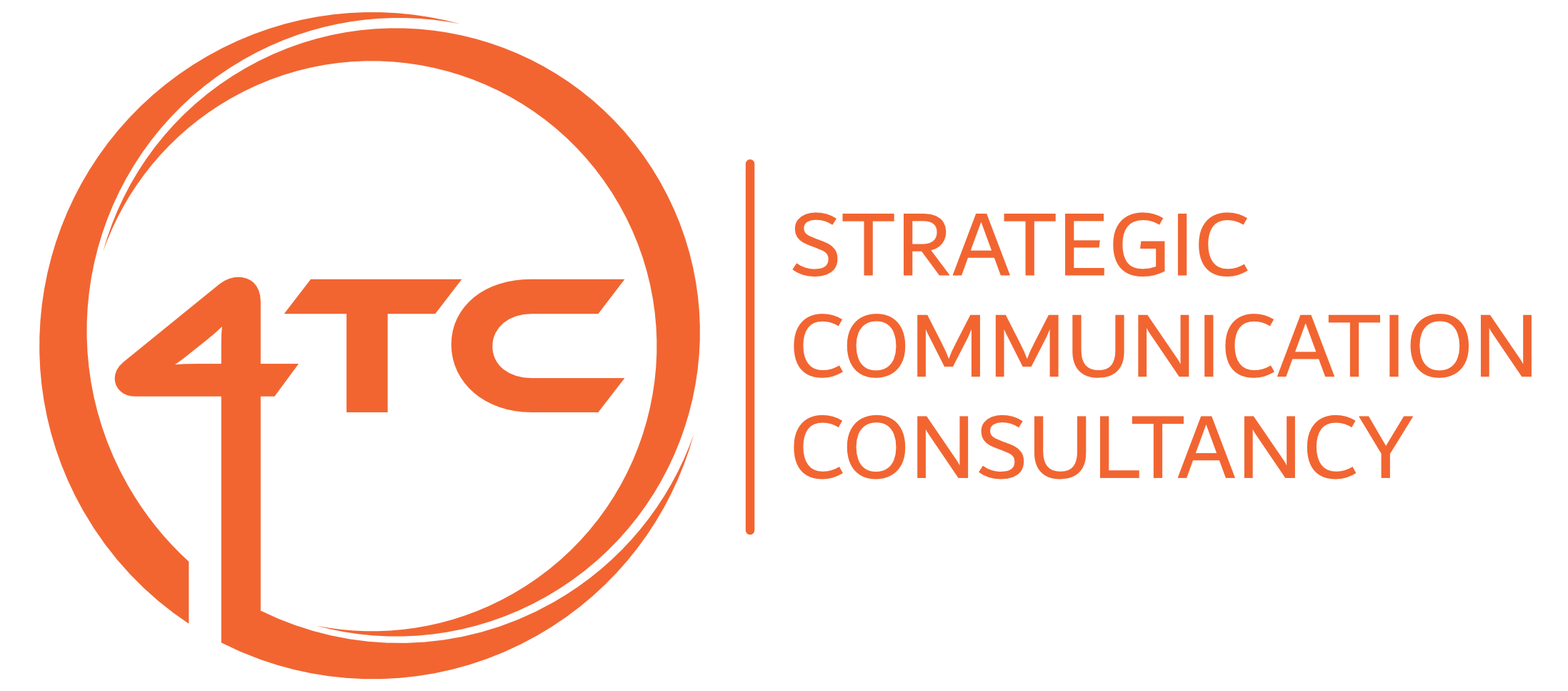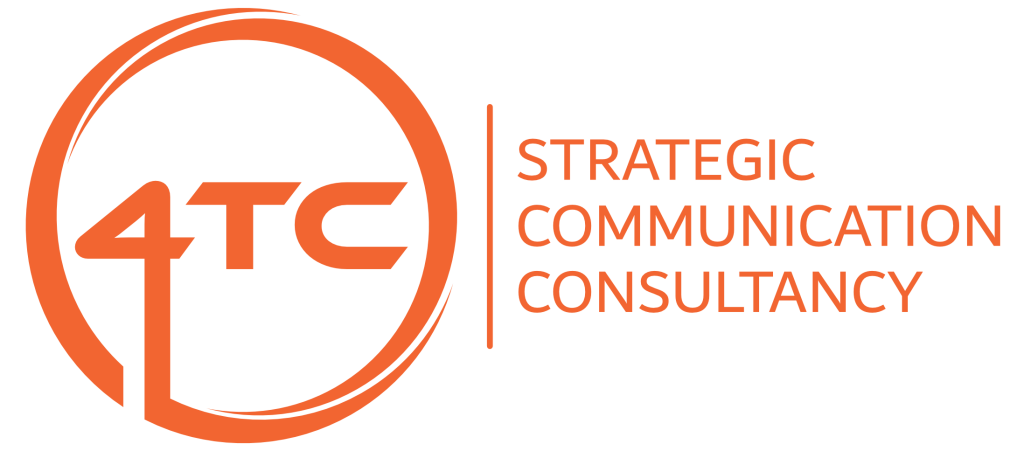We’ll start from the premise that authenticity is a good thing. A 2019 survey found that 90% of consumers believe authenticity is important when deciding which brands they like and support – up from 86% in 2017 – and 83% of marketers agree saying authenticity is very important to their brands.
Authenticity is, of course, not just about brands, it’s also about businesses and organisations, and about workforces, and about individuals. However you look at it, Authenticity is an important thing.
There’s power in using your authentic voice
Former US First Lady Michelle Obama wrote: “There’s power in allowing yourself to be known and heard, in owning your unique story, in using your authentic voice.”
Employee perception of authentic leadership is one the strongest single predictors of job satisfaction, organisational commitment and work happiness – all factors in a high employee engagement score.
According to Gallup, the most engaged teams in its (sizeable) database – when compared with the least engaged teams – experience an average of 44% less absenteeism, 10% higher customer scores and 21% higher profitability.
So, authenticity is key to trust, to belief, to propensity to engage and to propensity to purchase. Authenticity is a business imperative, however, you cannot (as a brand, as an organisation, as a leader) be perceived as authentic unless you communicate your authenticity.
Communication strategy is linked to authenticity
Emmanuelle Probst, SVP of Brand Health Tracking at IPSOS, in his 2018 article What Makes a Brand Authentic suggests finding your authenticity in stories about your brand or organisation, and developing those stories to communicate it. Most importantly, he says that the stories have to ring true.
Your communication strategy is inextricably linked to how authentic you are seen to be. Unless you communicate your authenticity, none of your audiences are going to know about it, or understand it, or engage with it in a positive manner.
But the story you’re telling – your communication strategy – has to ring true. If your communication is inauthentic, you will not be perceived as having that quality.
If, therefore, we’re measuring authenticity, then surely a good place to start is to measure the authenticity of a brand or organisation’s communication strategy, direction, activity, and the materials that support them.


